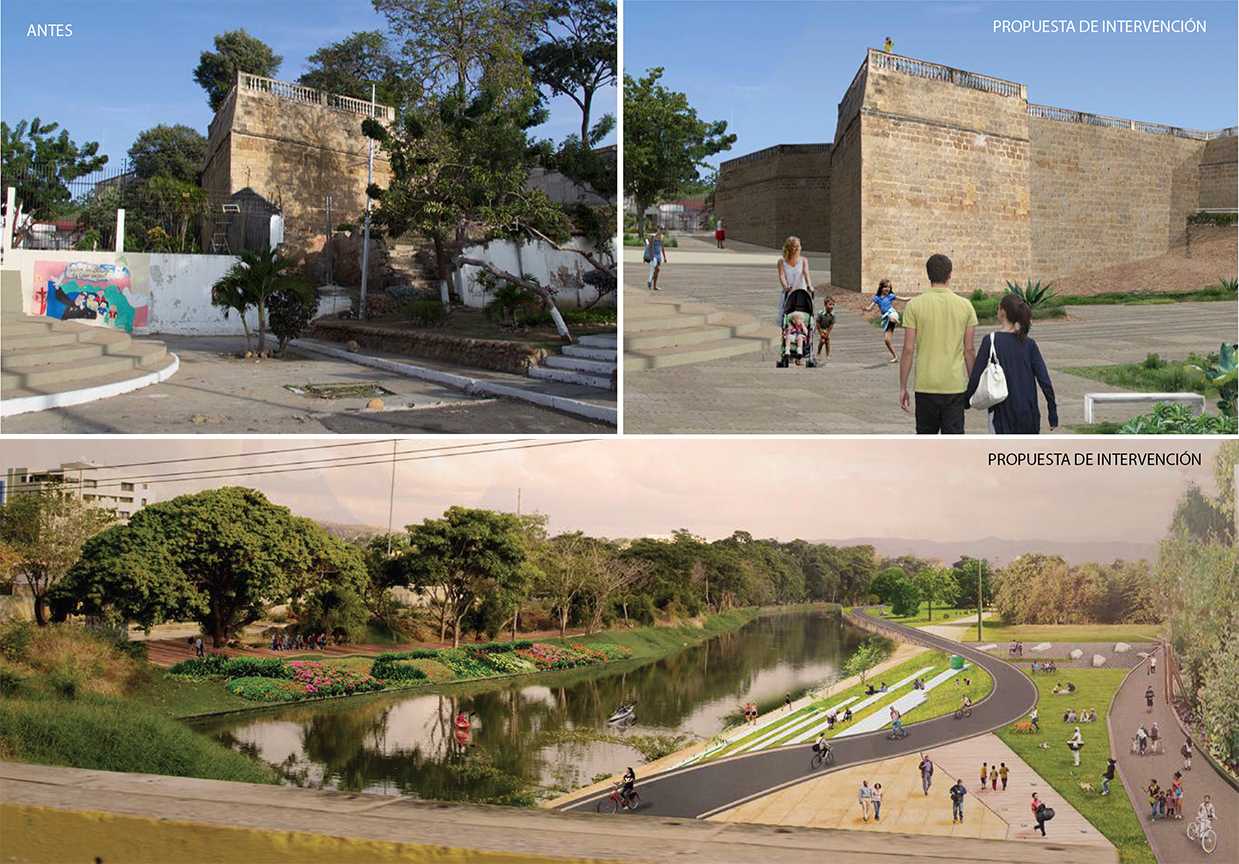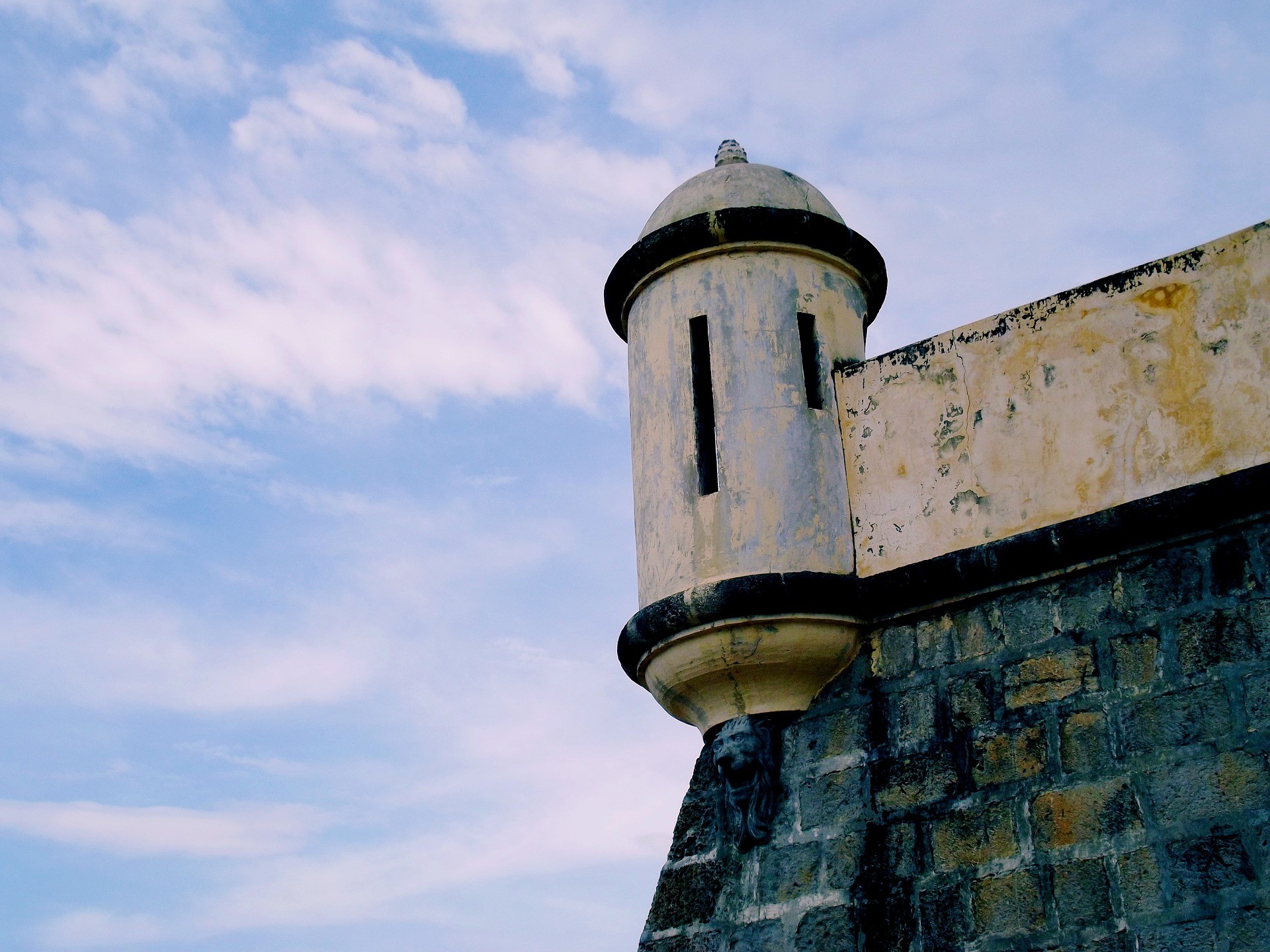As the "first born of the contitnent", as most people here would refer, Cumaná has a rich history with more of 500 years of heritage. The historical centre shows the colonial structures that has shaped the city since many centuries ago, having a strong potential for cultural and turistic plans. Here's my pick of the most emblematic structures.
Santa Ines Church
Santa Ines Cocathedral Church is the oldest church in Cumaná. The structure that we know today was rebuild after an earthquake demolished the Parish Church in 1853, that occupied a square next to the Santa Maria Castle, also damaged by the seismic event. Due to reformations it comprises both neogothic and neorenaissance architecture styles.
The church represents a common scenario of most festitvities in the city, as Día de Santa Ines, every 21st of January, when a procession goes through the center of the city and ends at the church's outdoor staircases, accompanied by cultural acts in the surroundings.
Santa María de la Cabeza Castle
Santa María de la Cabeza Castle is one of our good of cultural interest declared Municipal Patrimony in 2005. The fortress dates back to 1670, when it was used as the governor's residence and a militar quarter to defend the city. It was inspired the Forte Spagnolo Castle in L'Aquila, Italy. Due to seismic events the structure has been damaged multiple times suffering notable modifications as the demolition of the deterioreted construction in the superior floor, now replaced with the new "Ermita del Carmen", the little chappel gracing the top of the castle.
San Antonio de la Eminencia Castle
Perhaps the most recognizable landscape of Cumaná, the castle of San Antonio de la Eminencia sits on the highest hill of the city offering a panoramic view of the city, the Gulf of Cariaco and the coast of Araya. This fortress was built in the second half of the 15th century in order to defend the city from the incursion of English, French and Dutch pirates. It has a four star desing on top, each one pointing to a cardinal point.
A century ago it was still on service for defense matters, but in 1965 it was declared a National Historic Monument, is a tourist attraction and symbol of the city of the capital.
.jpg)

%2C_vista_lateral_izquierda.jpg)










